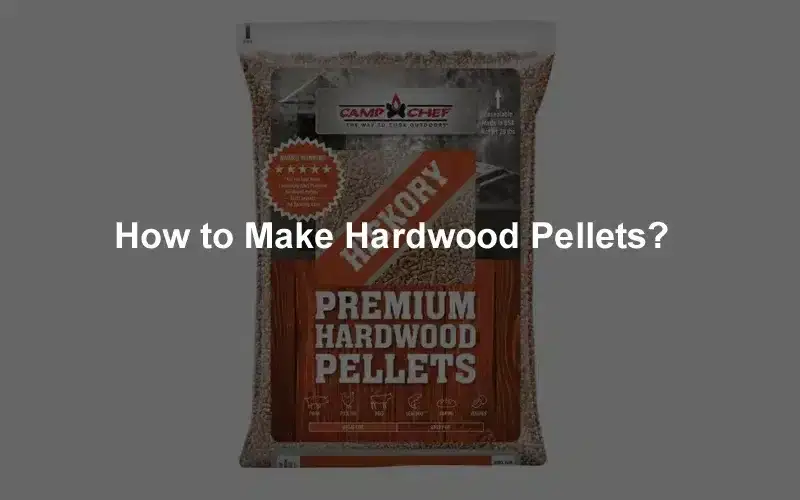
How to Make Hardwood Pellets?
Hardwood pellets are a great way to heat your home. They are made from scrap lumber and sawdust, which is then compressed into small blocks. This makes them an excellent source of renewable energy that is easy to use. If you have an interest in using hardwood pellets to heat your home, you may want to consider making your own pellets with hardwood pellet mill.
Hardwood pellets are the perfect fuel source for a variety of appliances including fireplace inserts, pellet stoves and furnaces. The most common hardwoods used to make pellets in North America are Oak, Ash, Beech and Hard Maple. These types of wood have a low moisture content and therefore burn hot for a long time.
Why use hardwood for pellet making?
Hardwood pellets are made from sawdust and other wood debris that is leftover when a tree is cut down.
A typical cord of hardwood will produce about 20 pounds of usable material, which can be compressed into a large block that burns at very high temperatures and produces very little ash. This makes it ideal for burning in a pellet stove or fireplace because it produces more heat with less smoke than softwood would.
Softwoods are typically faster growing trees that are easier to cultivate than hardwoods (which grow faster but take longer to mature). Because of this, softwood trees tend to have less energy density than hardwoods and therefore burn at lower temperatures. Softwoods also tend to produce more ash when burned compared to hardwoods, which means they have less space inside the stove or fireplace for storing heat before it’s released into your home or office space.
Making hardwood pellets is not very difficult at all, here we will show you how to make hardwood pellets in details.
How to make hardwood pellets?
Step 1: Collect Wood Chips
Use a chainsaw to cut down trees or collect wood from felled branches and logs. Cut larger pieces into smaller ones using a handsaw or chainsaw, which will also help them fit through the hammer mill more easily. If using limbs or branches, be sure to remove any bark, leaves and other debris before hammer milling them into sawdust. If you want to make large industry scale pellet plant, you need to buy a drum chipper to get big supply of wood chips.
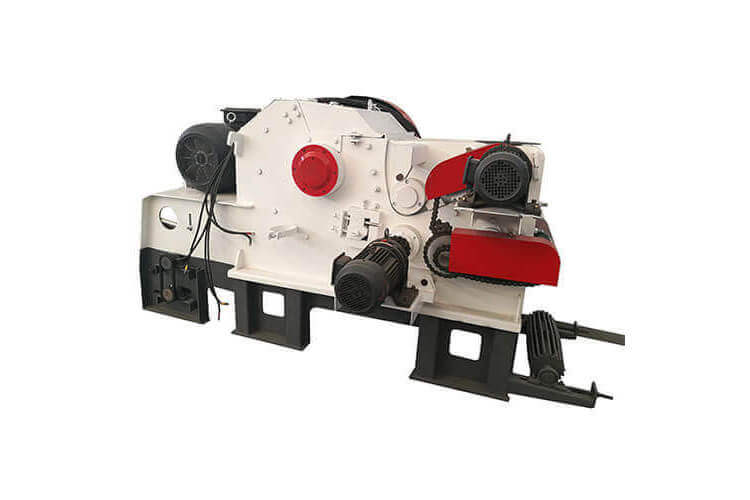
Step 2: Hammer Mill Chips Into Sawdust
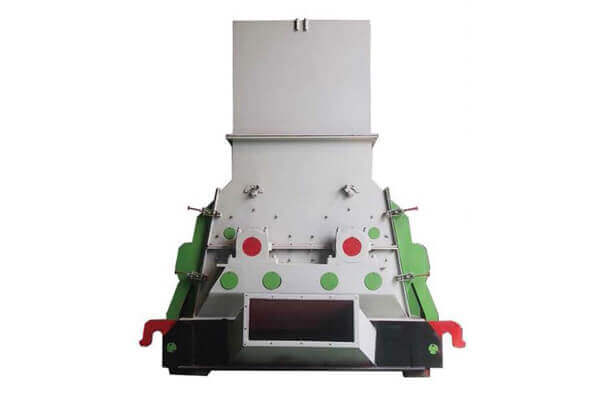
Place the wood chips into a hammer mill and turn on high speed for 15 minutes until they are reduced to sawdust. The amount of time needed depends on how much material you have at one time and how much power your hammer mill has — if possible, try not to overload it so it doesn’t get too hot, which can cause premature wear on the blades. Make sure there are no large pieces left over after this step; if there are any pieces bigger than 3/8″, hammer them further down to a smaller size.
Step 3: Drying the Sawdust
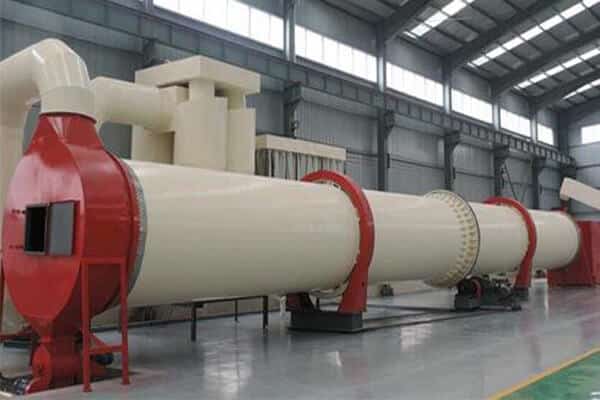
The sawdust must be dried before being compressed into pellets. This is done by heating it until it reaches the set moisture content of 10-15%. The drying process must be controlled very carefully so that the temperature does not get too high and cause burning or charring of the sawdust (which would reduce its energy density). Reliable quality dryer machine is quite necessary for this process.
Step 4: Pelletizing Sawdust with Hardwood Pellet Maker
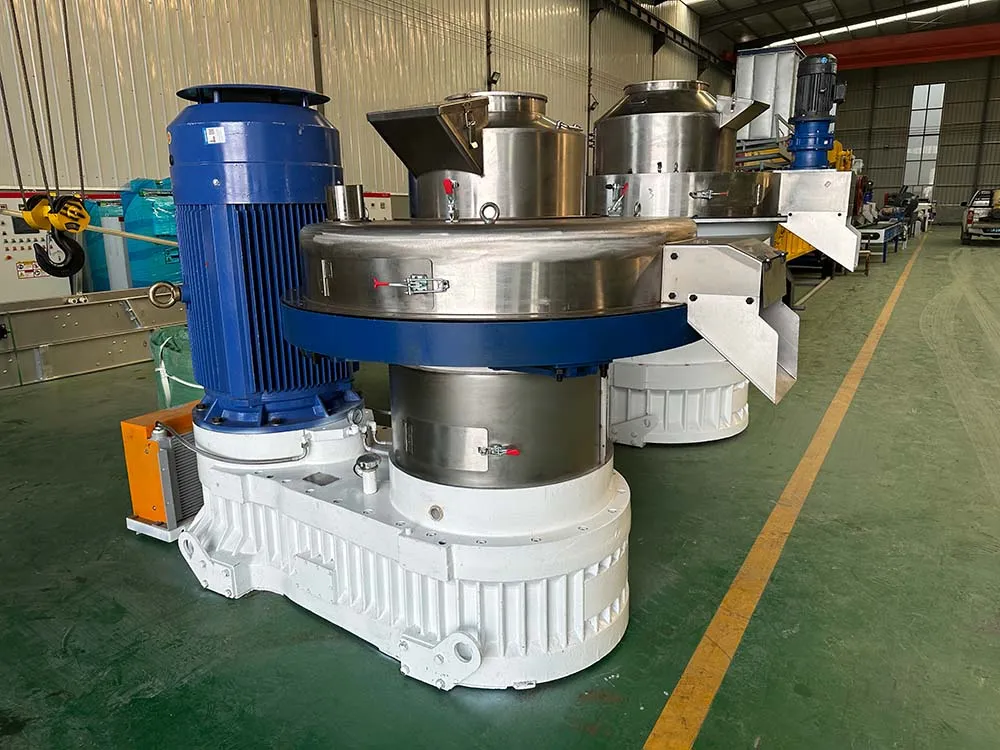
When the dried sawdust are ready, you’ll need to run them through an industrial hardwood pellet maker which will compress them into pellets. Hardwood pellet maker works by taking material that’s fed into one end and extruding it out of a die on the other end at high pressure. The die is shaped like a hexagonal prism with flat sides where the extruded pellets come out. The shape of this die allows you to produce different sized pellets depending on how much pressure is applied during extrusion.
To make hardwood pellets, it’s better to use vertical ring die hardwood pellet maker, this machine is more reliable for processing hardwood, as it can offer enough power for continuous high quality production.
The amount of pressure applied during extrusion determines how tightly compacted your pellets will be when they come out of the die. If there’s too little pressure applied during extrusion, then your pellets will be loose and light weight — this makes them easier to ignite but harder to burn efficiently because there’s less surface area exposed to oxygen. If there’s too much pressure applied during extrusion, then your pellets will be dense and heavy — this makes them harder to ignite and slower burning, but more efficient once they’re lit.
The best way to find out how much pressure you should apply during extrusion is by experimenting with different settings on your hardwood pellet mill. You can also ask someone who already has experience making pellets for guidance on how much pressure they used during their last batch production run.
Step 5: Cooling Hardwood Pellets
The next step in the process is to cool down the pellets. This is done by a special machine that blows air over them. The air will lower the temperature of the pellets, making them easier to handle and store.
The cooler the pellets are, the longer they will last before they start to break down. This means you can store them for longer periods of time without worrying about them going bad.
Step 6: Pack Hardwood Pellets in Bags for Storage
After the pellets cooled, you need to pack them in bags for storage. The easiest way to stack the pellets is with something like a cardboard box or pallet. You can also use a large piece of plywood and nail them down with nails or screws. The main thing is to avoid crushing the pellets while they are stacked in storage.
Conclusion
If you have pine trees or other unwanted trees or bushes on your property, turning those woody products into usable energy is a clever way to dispose of them and save them from being chipped up and sent to the landfill. Turning wood into pellets is an environmentally-friendly option that allows you to turn old wood into perfectly comparable pellets. And with a little bit of practice, making your own hardwood pellets can be easy with your hardwood pellet maker.
Talk to An Expert
SHARE THIS POST
Talk to An Expert
